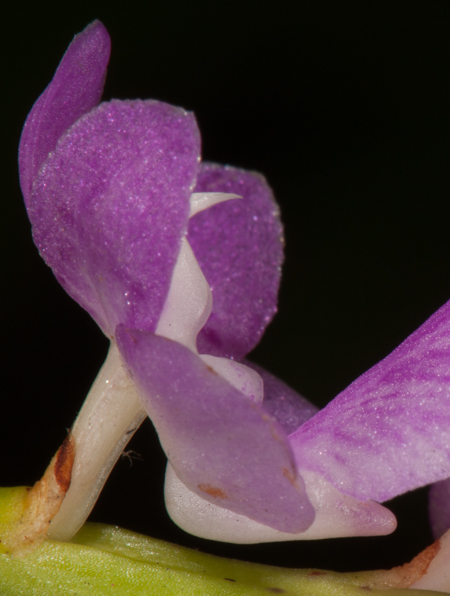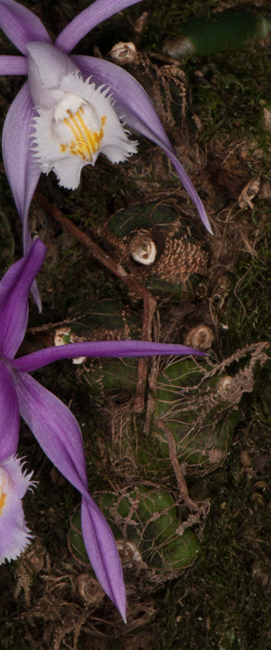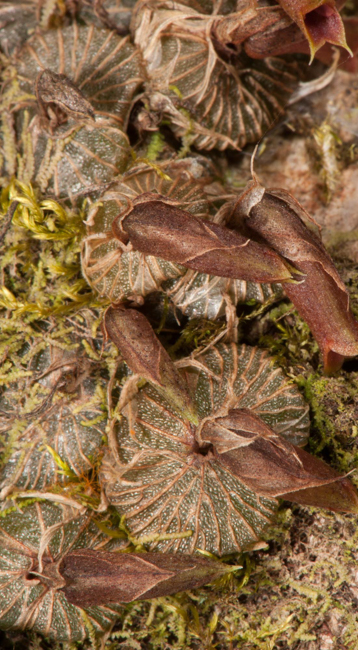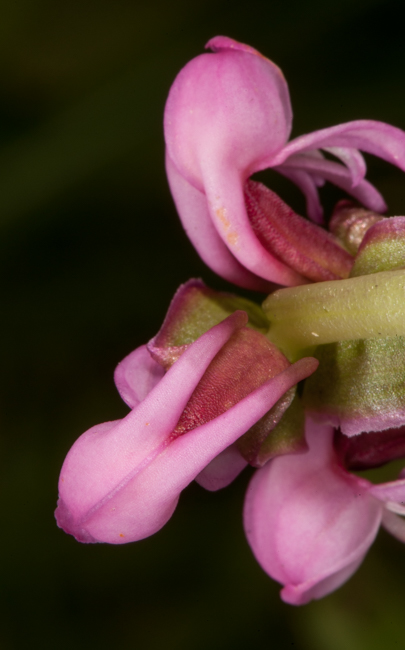Spur is the hollow slender extension from the base of the lip. Its length and size varies from species to species. It can be a minute globose to a few cm long cylindrical structure. Spurs are often straight, pendulous or slightly curved toward its apex in arrangement.
However, a few species in genera Aerides produce uncommon perpendicularly bent triangular shaped spurs.

Post 15 – 28/September/2020















































